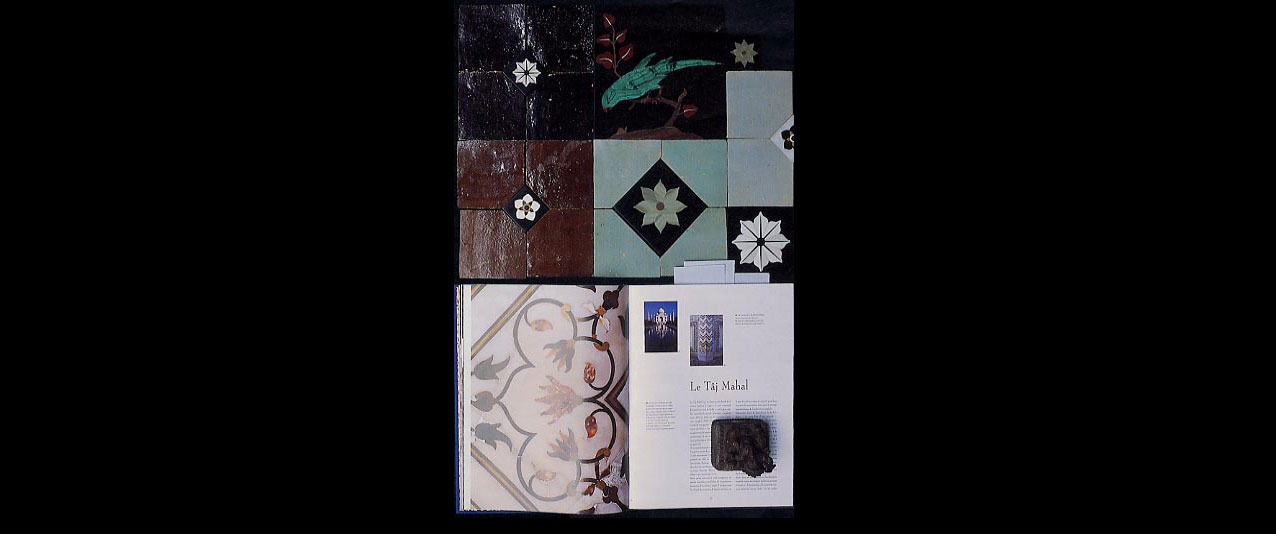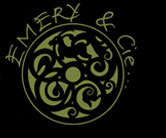
ABOUT HARD STONES :
Hard stones are semi-precious stones skilfully inlaid into marble. They can be found in Italy in the triumphant Renaissance city of Florence, as well as in India and particularly in the Mughal palaces and mausoleums. No king or potentate would be without them since, as an acknowledged symbol of power and in particular, the power of money. Keeping well away from the tourist manifestations of these “outward signs of wealth” that now take the most insignificant forms of little boxes and coasters, and “souvenirs of the Taj Mahal”, I always felt a certain sadness seeing so much skill and knowledge being expressed in such a decadent way. Having visited a number of monuments, I appreciated the paradoxical freshness of the chosen themes, flowers whose delicate botanical rigour revealed real complicity with nature, birds full of imagination, reliefs to which the wear of time suddenly restored the air of natural scenery, that led me further and further away from any ostentatious usage. I finally tried it for myself, and I chose, rather timidly at first, a few simple motifs to turn into precious cabochons. Perhaps we should say semi-precious cabochons to be precise. In fact, I only really began to love them the day when I combined them almost by accident with zellige tiles.
The coarse, rustic, imperfect character of these suddenly highlighted and emphasized these little jewels that are “too highly polished to be honest”. In this unlikely pairing, there is a striking effect of the balance between opposites. So here we have flowers made of agate, amethyst ans lapis lazuli, birds made of malachite, to be scattered judiciously on floors and walls. Everyone is entitled to his own interpretation of a technique, and I read what I wanted to read in the long history that hard stone offered to be able to add it to my garden without looking out of place.
